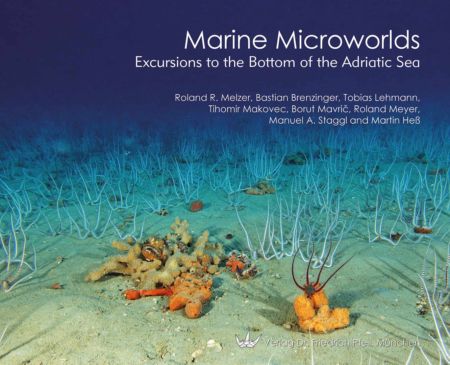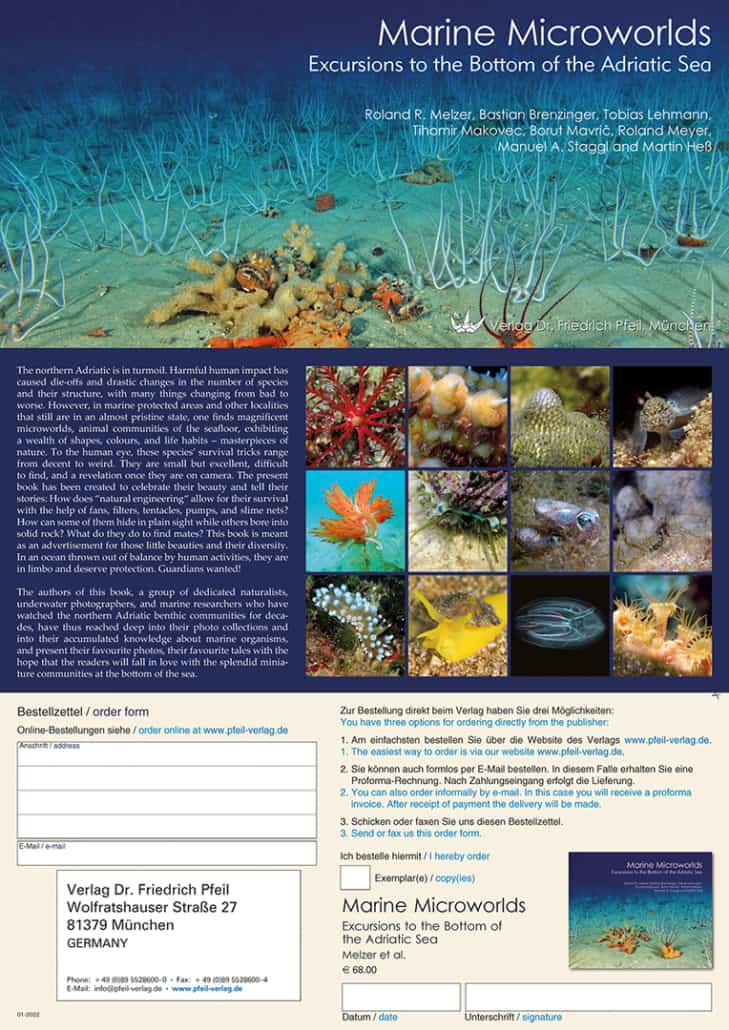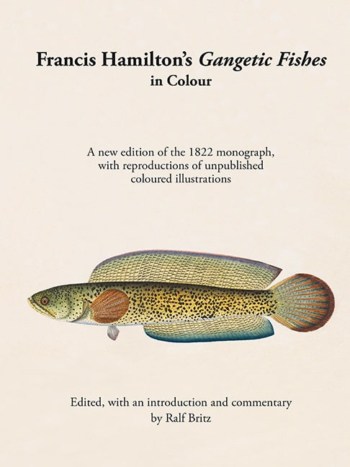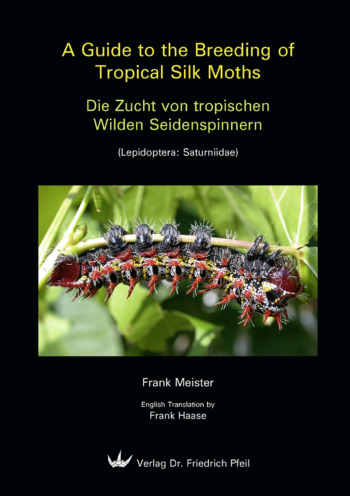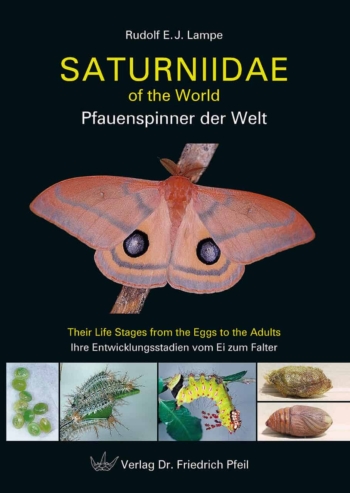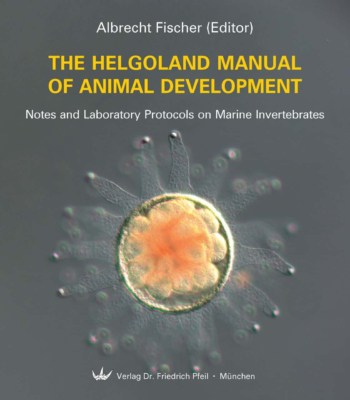Underwater naturalists, in a holiday setting, are often perceived as a bit weird. “Look! Why is this person staring at the algae for so long?” or “Hey! Seen this? Somebody is taking pictures in the mud with a huge camera all the time!” It’s a bit the same with the photos these people take “from the mud.” In scientific books, the underwater photographers are often mentioned in small fontsize on the last pages, where they are difficult to find – they run kind of a poor second.
In this book, it’s different. Here, the naturalists and photographers speak up and show why they love nature watching so much and why they sometimes even direct their cameras into the not so attractive corners of the sea ‒ to go after the secret stars, the hidden life invisible to the unexperienced eye – marine microworlds. By doing so, they follow a long tradition of watching marine life in the wild that dates back to the earliest diving biologists, e. g. Filippo Cavolini in the 18th century and Anton Dohrn in the 19th. First, this book is meant to celebrate the little masterpieces of nature found in the Adriatic, their magnificent diversity and their historico-cultural importance, be it as sex symbols, money or food. Second, we want you, dear reader, to fall in love with these miniature beauties of the seafloor. Consider this content advertisement for them, since they need protection. The man-made threats of life in the ocean are massive, and therefore this book is meant as a contribution to its defence, including not only the macroworlds, but also the microworlds of marine life.
